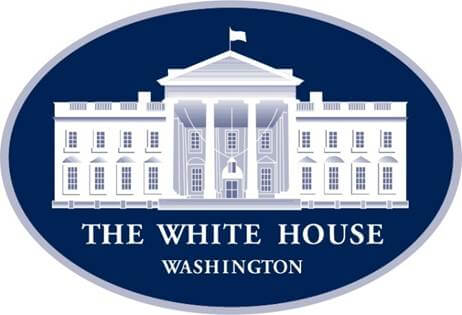White House Addresses Threat to National Security from Imports of Copper
A 50% tariff on certain copper imports into the United States went into effect on August 1st, 2025. The tariff applies to semi-finished copper products (such as pipes, wires, rods, sheets, and tubes) and copper-intensive derivative products (including fittings, cables, connectors, and electrical components). It is important to note that upstream copper materials, including ores, cathodes and scrap, are explicitly excluded from this tariff. The tariff applies to the copper content of a product, while any non-copper content remains subject to other applicable duties at the tariff rate of their country of origin. The copper tariff also doesn't stack with the imposed auto tariffs, so if a product is subject to auto tariffs, those apply instead.
 This action follows a Section 232 investigation that began in February into the national security impacts of copper imports, concluding that the U.S. is "dangerously dependent" on foreign semi-finished copper and derivatives. In the future, the Secretary of Commerce is directed to determine by June 30, 2026, if imposing duties of 15% on refined copper products is warranted, which would come into effect on January 1, 2027, and increase to 30% on January 1, 2028. NFFS and its Government Affairs Committee (GAC) will continue to monitor tariff policy and look for further clarification on copper tariffs once the information is formally published in the Federal Register.
This action follows a Section 232 investigation that began in February into the national security impacts of copper imports, concluding that the U.S. is "dangerously dependent" on foreign semi-finished copper and derivatives. In the future, the Secretary of Commerce is directed to determine by June 30, 2026, if imposing duties of 15% on refined copper products is warranted, which would come into effect on January 1, 2027, and increase to 30% on January 1, 2028. NFFS and its Government Affairs Committee (GAC) will continue to monitor tariff policy and look for further clarification on copper tariffs once the information is formally published in the Federal Register.
In addition to the new tariffs levied on copper imports, the Trump administration also announced on August 1st new or reset reciprocal tariffs on more than sixty countries. These tariffs are scheduled to go into effect on August 7th. These tariffs have been restructured into a tiered approach based on their trade balance with the US. Countries with a trade surplus will face a 10% tariff while those with a trade deficit will face a 15% tariff. There are several countries that currently exceptions, including Brazil, with a 50% tariff on some goods and India with a 25%, as punishment for buying Russian oil. The US has granted Mexico, it’s largest trading partner, with a 90-day reprieve to negotiate a new tariff rate. The administration continues to work with other nations to hammer out individual trade deals, including a deal that was reached on July 30th with South Korea and announced by President Trump.
